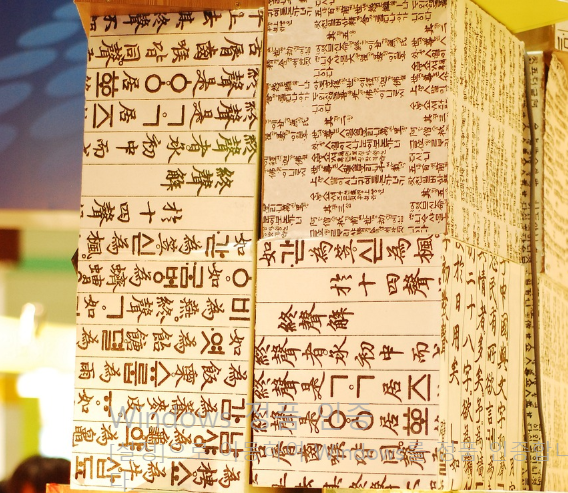👋 1. Greetings Koreans Use Every Day (Not in Textbooks)
Hello! If you've only learned "Annyeonghaseyo" from your Korean class, you're missing out!

Koreans often say:
“잘 지냈어?” (Have you been well?) – Used with friends after some time apart.
“뭐해?” / “뭐 하고 있어?” (What are you doing?) – A casual way to start conversations, even instead of "Hi".
“밥 먹었어?” (Did you eat?) – A classic Korean way to check in and show you care.
“오랜만이야!” (Long time no see!) – A warm way to reconnect.
“잘 있었어?” (Have you been okay?) – A friendly check-in.
📌 These are more personal and common than formal phrases!
🗣️ 2. Textbook Korean vs. Real-Life Conversation
Korean learners often memorize textbook phrases like “감사합니다” or “무엇을 하고 있습니까?”, but in reality:
Situation Textbook Real Korean
Saying hello 안녕하세요. 잘 지냈어? / 오랜만!
Thanking someone 감사합니다. 고마워 / 고맙다
Apologizing 죄송합니다. 미안 / 미안해요
Asking a question 무엇을 하십니까? 뭐해? / 뭐 하고 있어?
Making a suggestion 같이 식사합시다. 밥 먹자 / 밥 먹을래?
✅ Real Korean is much more relaxed, shorter, and context-sensitive.
⚠️ 3. Cultural Nuances You Should Know
Tone matters: “뭐해?” can be rude if said to someone older or unfamiliar. Use “지금 뭐 하세요?” instead.
Formal vs. Informal: “고맙다” and “미안하다” are informal. Use “감사합니다” and “죄송합니다” with strangers or elders.
Calling others: Koreans say “언니”, “형”, “오빠” even to non-family members — a unique cultural way to express closeness.
💡 Tip: Watch Korean dramas or vlogs with subtitles to pick up real phrases and tones.
✅ Wrap-up: How to Learn "Living" Korean
Memorizing grammar is great, but understanding social context, relationships, and emotional nuance is key. Want to sound like a real Korean speaker? Ditch the textbook-only mindset and practice real-life expressions.
Next time, instead of just saying “안녕하세요,” try “잘 지냈어?” 😉